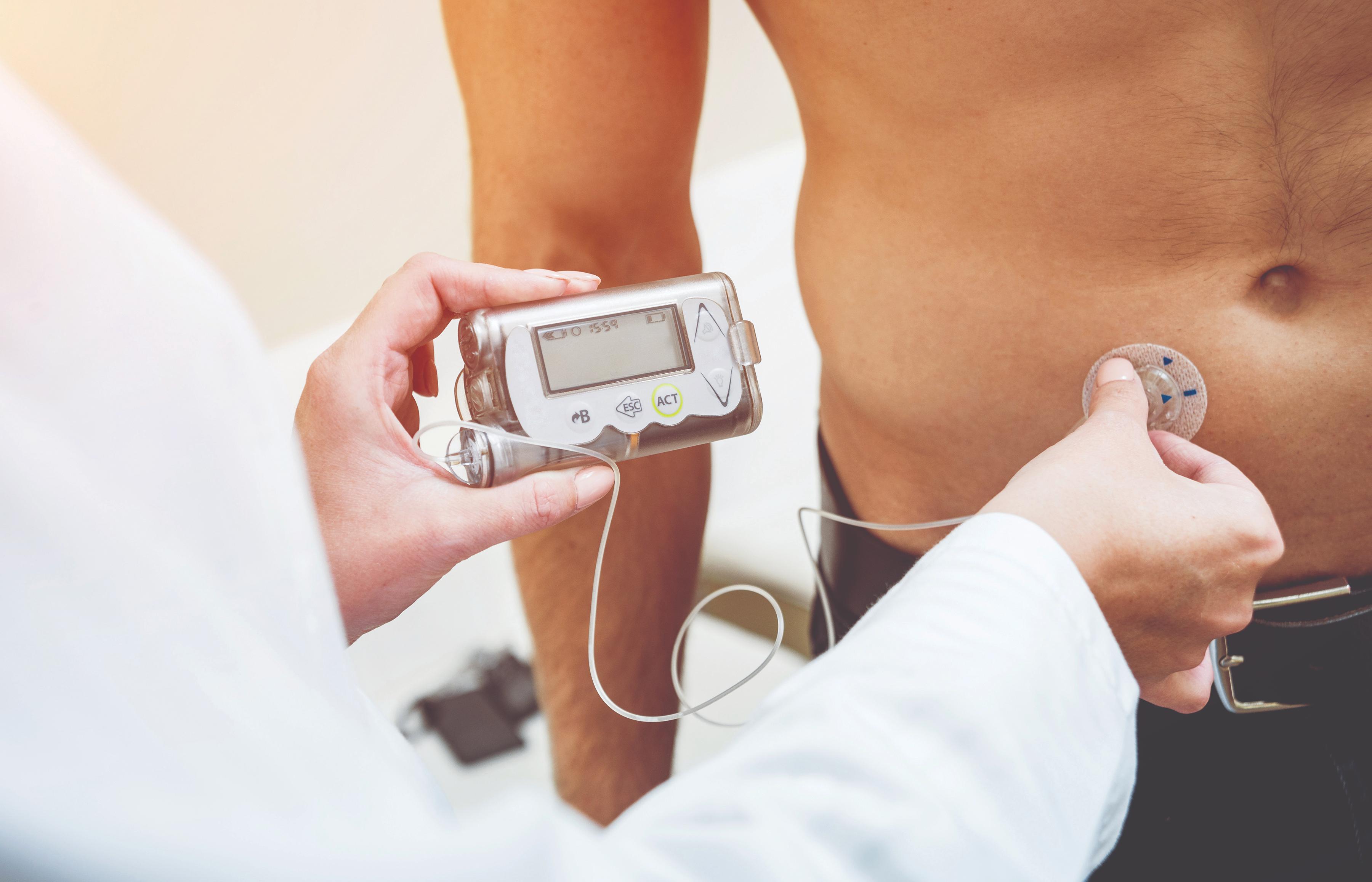CGM Plus Nutrition Counseling Can Improve Glycemic Control in T2D
A 12-month quality improvement project provides insight into the effects of using CGM and supplemental dietary counseling on glycemic control in adult T2D patients with suboptimal glycemic control.

A new study is underlining the potential impact of an approach combining continuous glucose monitoring and nutrition counseling on glycemic control among patients with type 2 diabetes.
A year-long, pragmatic, randomized improvement program, results of the study demonstrate use of continuous glucose monitoring and low-carbohydrate nutritional coaching was associated with greater improvements in HbA1c than usual care with these improvements more apparent among those using continuous glucose monitoring, but also indicate a hesitancy among participants to take part in nutritional counseling.
“Our findings demonstrate that the use of CGM technology and personalized nutrition counseling focused on dietary carbohydrate restriction can help patients with suboptimally controlled T2DM to improve HbA1c levels without increasing antihyperglycemic medication use,” wrote investigators. “As CGM technology evolves and carbohydrate restriction is increasingly accepted as a powerful tool to support T2DM self-management, this program may be a scalable and sustainable strategy to help and empower patients with T2DM to achieve glycemic control.”
Funded by Twin Clinical Consulting LLC, the 12-month, pragmatic, randomized quality improvement program was launched with the intent of evaluating the impact of an enhanced care approach leveraging continuous glucose monitoring technology with nutritional counseling against usual care among adult patient with type 2 diabetes. With this in mind, the study was designed to assess the approaches in adult patients who received primary care at a University of Michigan-affiliated primary care clinic.
Using the Michigan-Medicine web-based tool, investigators identified 1584 individuals with a listed diagnosis, an HbA1c of 6.5% or greater, or an active prescription for any antihyperglycemic medication other than metformin. Investigators developed criteria to determine patients considered at high-risk and eligible for improved glycemic control. For the purpose of analysis, only these patients were included in the current analysis. Overall, 197 high-risk patients were randomized to usual care and 185 were randomized to enhanced care, which included use of continuous glucose monitoring and dietary counseling.
The primary outcome of interest in the study was the difference in changes of HbA1c levels among patients randomized to the enhanced care arm against those randomized to usual care from baseline to 12 months. This was assessed using an intention-to-treat difference-in-differences analysis comparing the study arms. Investigators also pointed out follow-up semi structured interviews were conducted to understand patient experiences in the enhanced care group. Of note, the nutritional counseling offered to patients focused on providing personalized low-carbohydrate nutrition counseling defined as a dietary intake of less than 100 grams of carbohydrates per day.
Upon analysis, results indicated the mean difference in HbA1c from baseline to 12 months was 0.41% favoring the enhanced care group (P =.04), but investigators underlined just 32.9% of patients randomized to enhanced care engaged in the program. When assessing those who wore continuous glucose monitors in the enhanced care group, the mean HbA1c was 1.1% lower at 12 months compared to baseline (P <.001). No statistically significant change in BMI was observed in either study arm.
No serious adverse events were reported during the study. Of those who used continuous glucose monitoring, 10% reported skin irritation and 5% reported pain at the sensor site. When assessing secondary survey results, investigators identified 3 unique trends among those in the continuous glucose monitoring group, which were an increased ability to understand how specific foods impact blood glucose trends, ease of following a low-carbohydrate diet, and ease of blood glucose monitoring.
"This 12-month pragmatic quality improvement program evaluation examined whether CGM technology—in conjunction with low-carbohydrate nutrition counseling—could reduce HbA1c among patients with suboptimally controlled type 2 diabetes mellitus,” wrote investigators.
This study, “Continuous Glucose Monitoring With Low-Carbohydrate Nutritional Coaching to Improve Type 2 Diabetes Control: Randomized Quality Improvement Program,” was published in the Journal of Medical Internet Research.